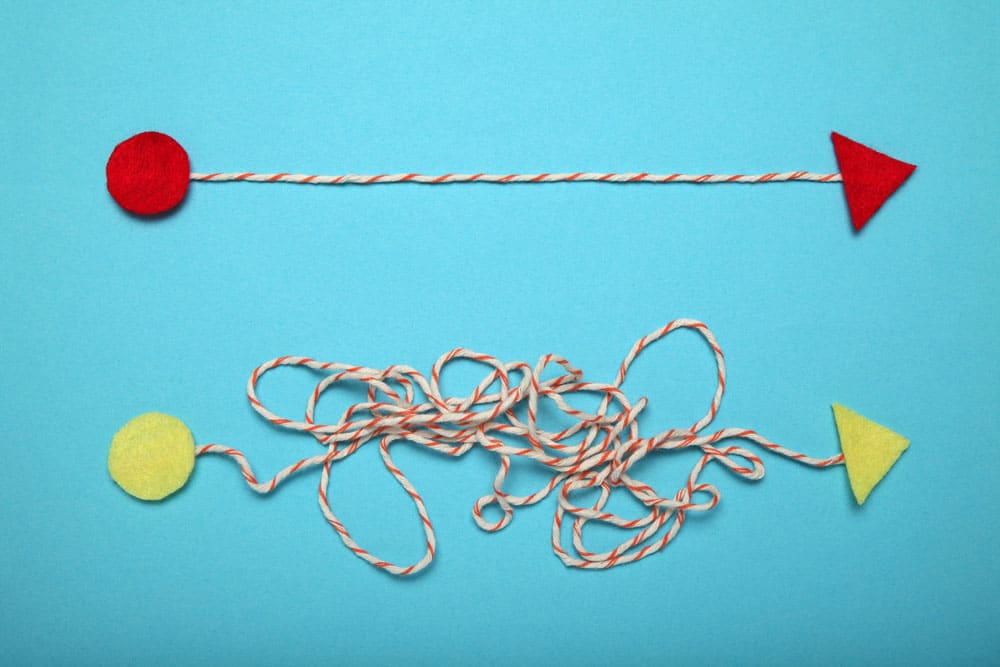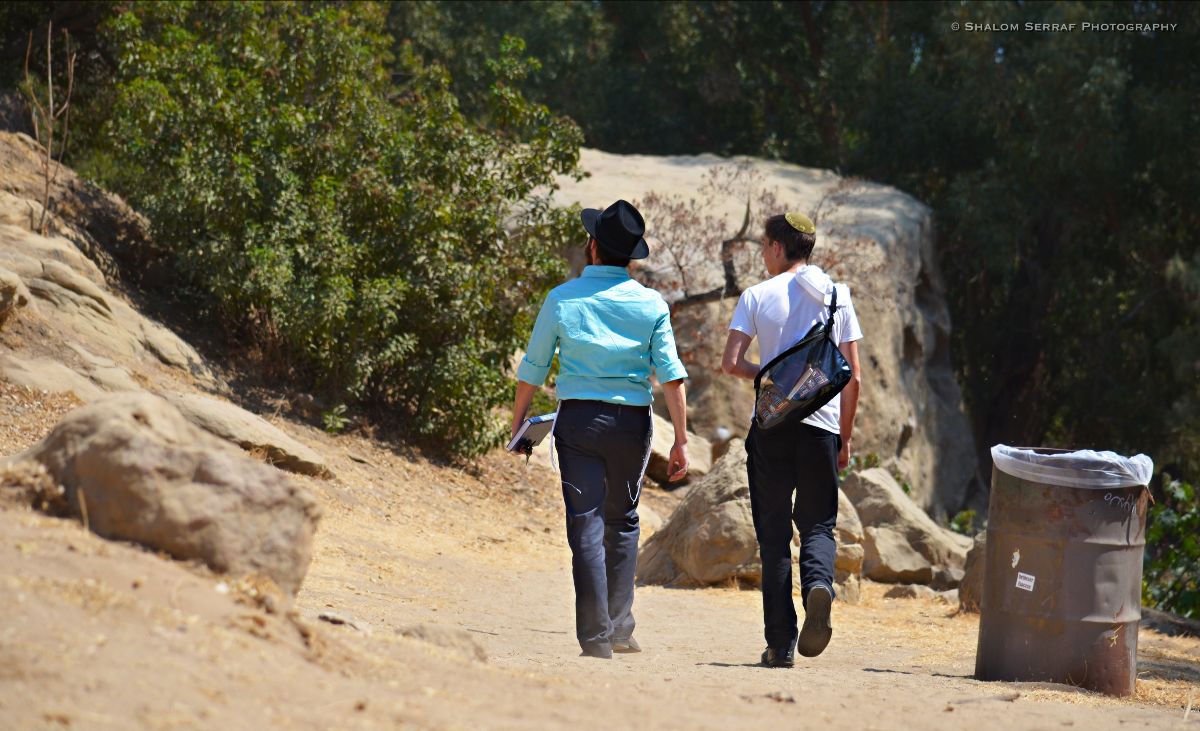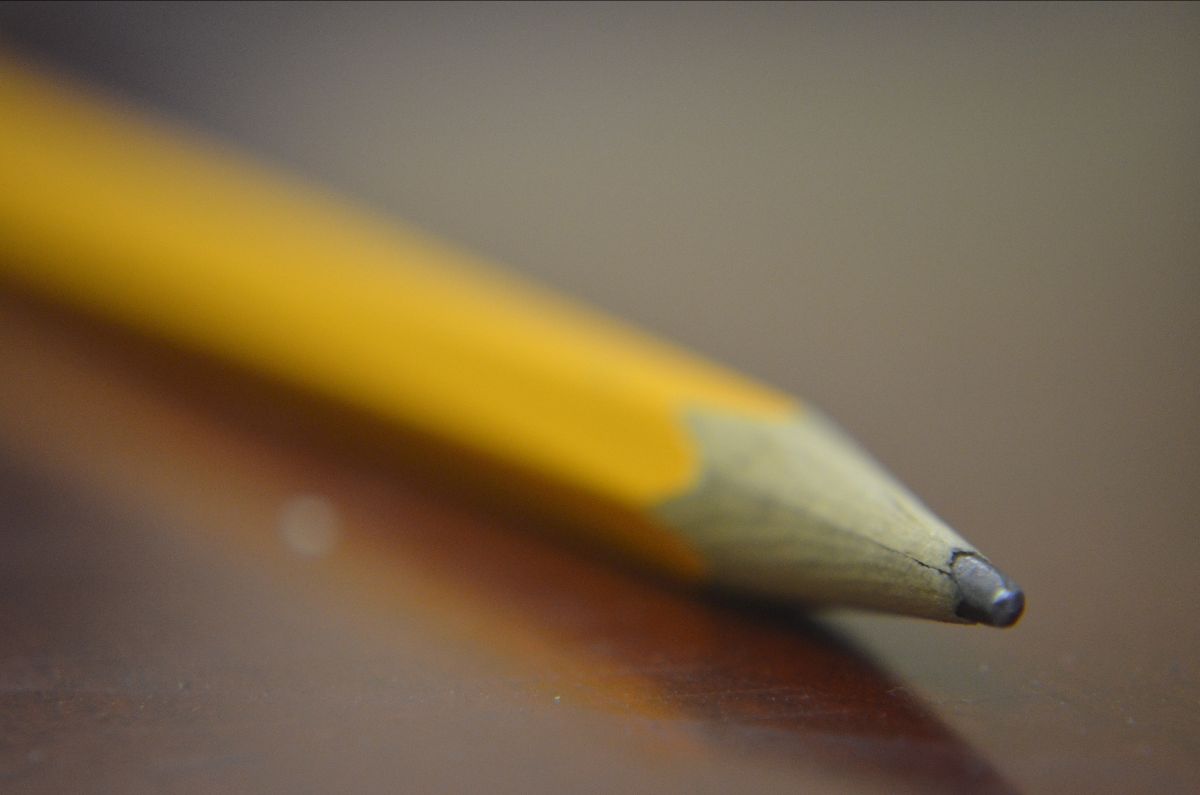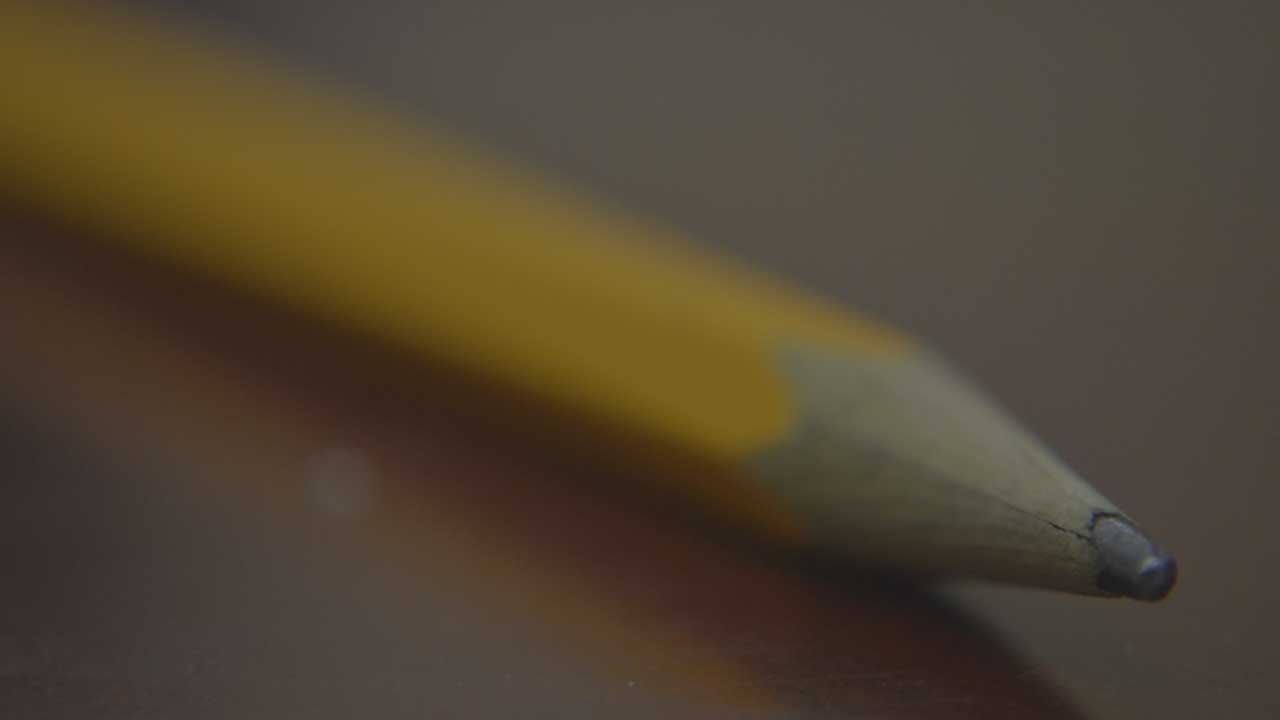– From The Desk of Principal Naftali Smith –
Learned Helplessness: A Vicious Cycle
“I can’t do this. I’ve tried it over and over again, and it’s impossible.” How many times have we heard children, students, or even adults use “I can’t” when it comes to performing a task? Enter “learned helplessness.”

Understanding Learned Helplessness
Through a series of experiments conducted in the mid-1960s, psychologists Martin Seligman and Steven Maier discovered that when a being perceives that it has little to no control over a situation, it will apply the same thought process to later situations, even if it does have control. They termed this principle “learned helplessness.”

This explains why a colossal elephant weighing six tons follows his trainer around on a chain that he could easily break free from. In his book “The Motivational Breakthrough,” renowned educator Richard Lavoie writes, “Animal behaviorists use learned helplessness to train elephants. When he was a young feeble elephant, his handlers attached the chain to his ankle and then attach it to the stake. The frustrated animal continually tugged on the chain but was unable to free himself. After a while, he merely stopped trying, and whenever the chain was looped around his ankle, he assumed he was imprisoned—helpless—and simply circled the stake from that time forward. The elephant’s feelings of helplessness were very real to him; just as a child’s feelings of helplessness are real after repeated and chronic failure.”

If a student believes that he has no control over his academic success or failure, then he has little belief that he can improve his situation. Learned helplessness is a vicious cycle that reinforces itself. The student thinks there is nothing he can do to impact his outcome, so he puts in less and less effort. This in turn causes him to fail, reinforcing his beliefs.

Spotting Learned Helplessness in the Classroom
- A student looks disinterested and passive in class, and shows signs of low motivation for work.
- A student tends to get easily discouraged when a teacher corrects him or points out a mistake in his work. He feels as though he won’t be able to finish the task.
- A student rarely asks questions or shows genuine interest and enthusiasm towards topics during class, so the teacher must engage him, as he doesn’t tend to show initiative.
- A student is quick to answer the teacher’s question with “I’m not sure” or “I don’t know,” without putting any thought into it.

Setting Realistic Goals
They say the journey of a thousand miles begins with one step.
When a student isn’t doing well in school at all, it’s unrealistic to expect that he’ll start getting the best grades right away. That’s why at JETS, we help students set reasonable goals that are unique to them. These individualized goals are more likely to be achieved, and will encourage students to keep working in the future.
Of course, it’s a process, and that’s why it’s crucial that the teacher provides encouragement and praise along the way—to let students know that they’re improving, and also to make sure their motivation isn’t fading.

Part of our duty as educators is to identify and remedy learned helplessness in our students by sparking their joy of learning, giving them the tools to pursue their dreams and build amazing futures for themselves. And at JETS, this is what we do every single moment, every single day.
Here’s to the continued success of our JETS students!

Naftali Smith,
Principal
Jewish Educational Trade School

